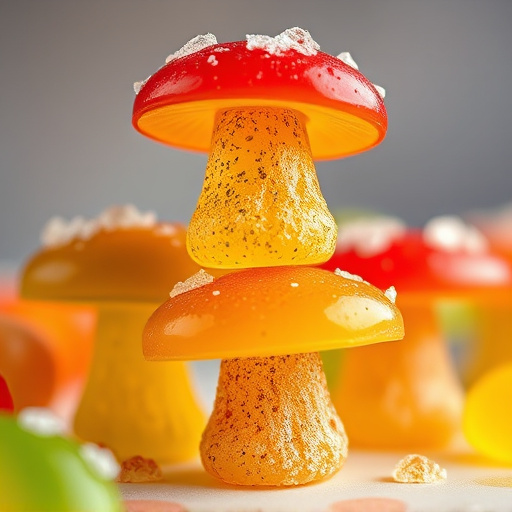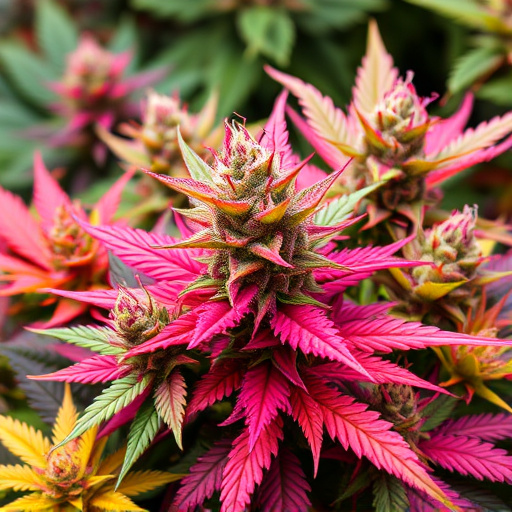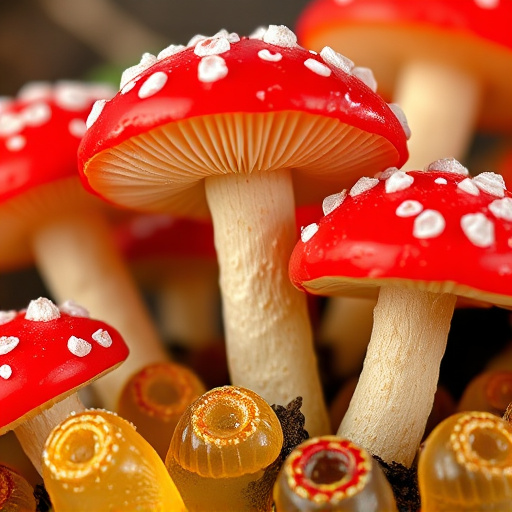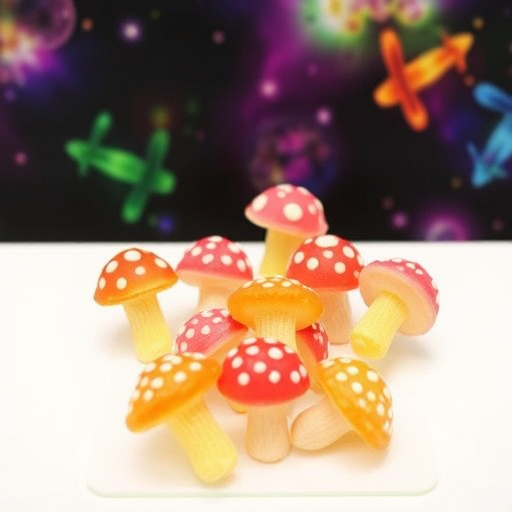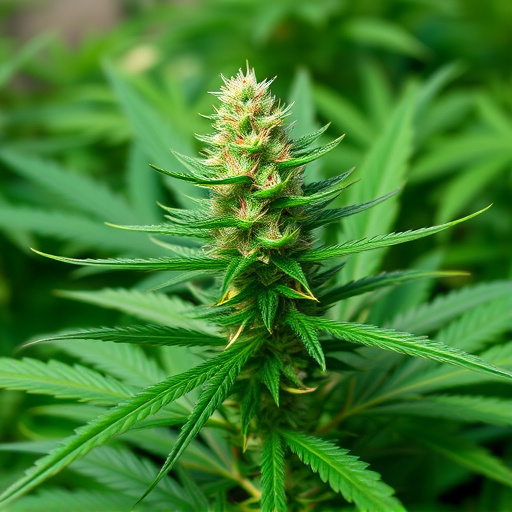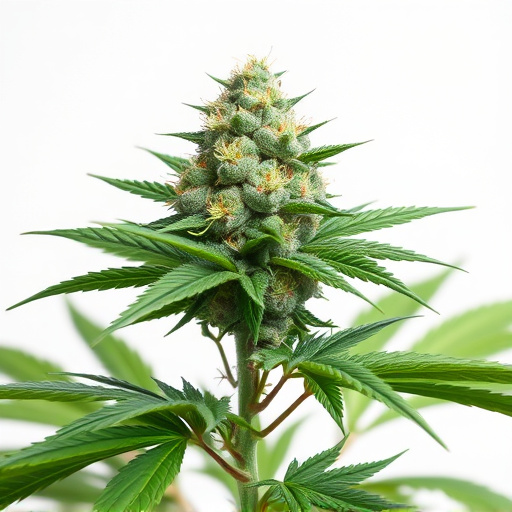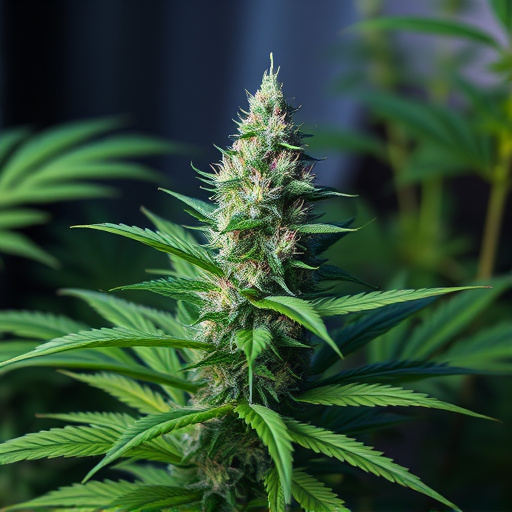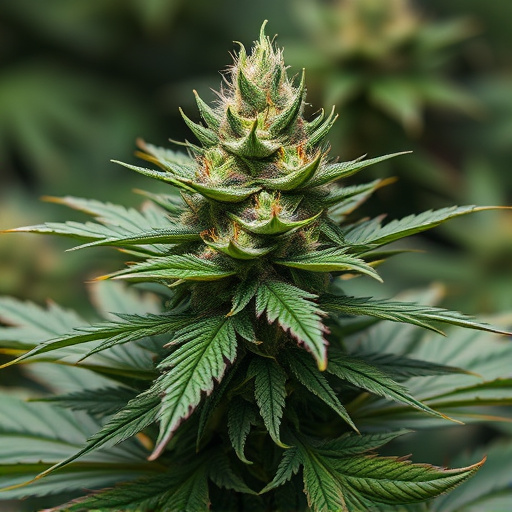Potent cannabis strains offer complex experiences beyond high THC levels due to the entourage effect of synergistic genetic and terpene profiles. Individual reactions vary based on metabolism, genetics, and CB1 receptor density, impacting effects like relaxation or sociability. Consumption method and environment further tailor experiences, with outdoor relaxation contrasting indoor sociability, and techniques like smoking, vaping, and edibles influencing speed, intensity, and duration. Understanding these factors is key to personalizing potent cannabis strain experiences for specific goals.
“Unraveling the complex interplay between cannabis effects involves exploring a web of factors. From the genetic composition and terpene profiles that create diverse strain profiles, to individual biological variations in metabolism, each contributing unique experiences. The environment and consumption methods further customize the journey.
Discover how these elements combine to shape the potency of cannabis strains, offering insights for both consumers and enthusiasts seeking to navigate this captivating plant.”
- Genetic Composition and Terpene Profile: Understanding the Building Blocks
- Individual Biology and Metabolism: How Our Bodies Process Cannabis
- Environment and Consumption Method: External Factors Shaping Experience
Genetic Composition and Terpene Profile: Understanding the Building Blocks
The genetic composition and terpene profile of cannabis plants are fundamental factors that shape their effects on the human body. Potent cannabis strains aren’t merely measured by their THC (tetrahydrocannabinol) content alone; they’re a complex interplay of various cannabinoids, terpenes, and flavonoids. These chemical compounds work synergistically, contributing to what’s commonly known as the “entourage effect,” where the whole is greater than the sum of its parts.
Each cannabis strain has a unique genetic makeup that dictates its flavor, aroma, and potential therapeutic benefits. Terpenes, aromatic compounds responsible for cannabis’ distinct scents, also play a crucial role in influencing its effects. From myrcene, known for its relaxing properties, to limonene, associated with uplifting and energizing effects, the terpene profile adds another layer of complexity to how potent strains interact with our bodies and minds. Understanding these “building blocks” offers valuable insights into why different cannabis varieties evoke diverse experiences.
Individual Biology and Metabolism: How Our Bodies Process Cannabis
Our bodies process cannabis through a complex system, with individual biology and metabolism playing a significant role in determining its effects. The way our bodies break down and absorb cannabinoids like THC and CBD varies from person to person. This diversity is influenced by several factors, such as genetics, body mass index (BMI), and the presence of certain enzymes responsible for metabolizing cannabis compounds.
For instance, some individuals may have a higher density of CB1 receptors in their brains, which can lead to more intense psychological effects when consuming potent cannabis strains. Additionally, metabolism rates differ; slow metabolisers might experience longer-lasting effects due to the accumulation of cannabinoids, while fast metabolisers may feel the impact more quickly and for a shorter duration. Understanding these biological variations is crucial for predicting how different individuals will respond to specific cannabis strains.
Environment and Consumption Method: External Factors Shaping Experience
The environment in which one consumes cannabis plays a significant role in shaping their overall experience. The setting, be it indoors or outdoors, can dramatically impact the effects felt from even the most potent cannabis strains. For instance, a calm, quiet outdoor environment might enhance relaxation and euphoria, while an energetic, social indoor space could intensify feelings of happiness and sociability.
Consumption methods also contribute to these differences. Different consumption techniques, such as smoking, vaping, or edibles, can alter the speed and intensity of cannabis’s effects. For example, smoking provides immediate results, while edibles may take longer to kick in but offer a more prolonged high. Understanding these external factors is key to navigating and personalizing one’s cannabis experience, ensuring it aligns with desired outcomes, whether seeking relaxation, creativity, or social connection.
Understanding the intricate interplay between genetic composition, terpenes, individual biology, and environmental factors is key to unlocking the full potential of cannabis. By delving into these aspects, we can better appreciate how each contributes to the unique effects experienced by users, whether seeking relief or enhancing relaxation with potent cannabis strains. This knowledge empowers both consumers and healthcare professionals to make informed decisions, ensuring a personalized and optimal cannabis experience.


